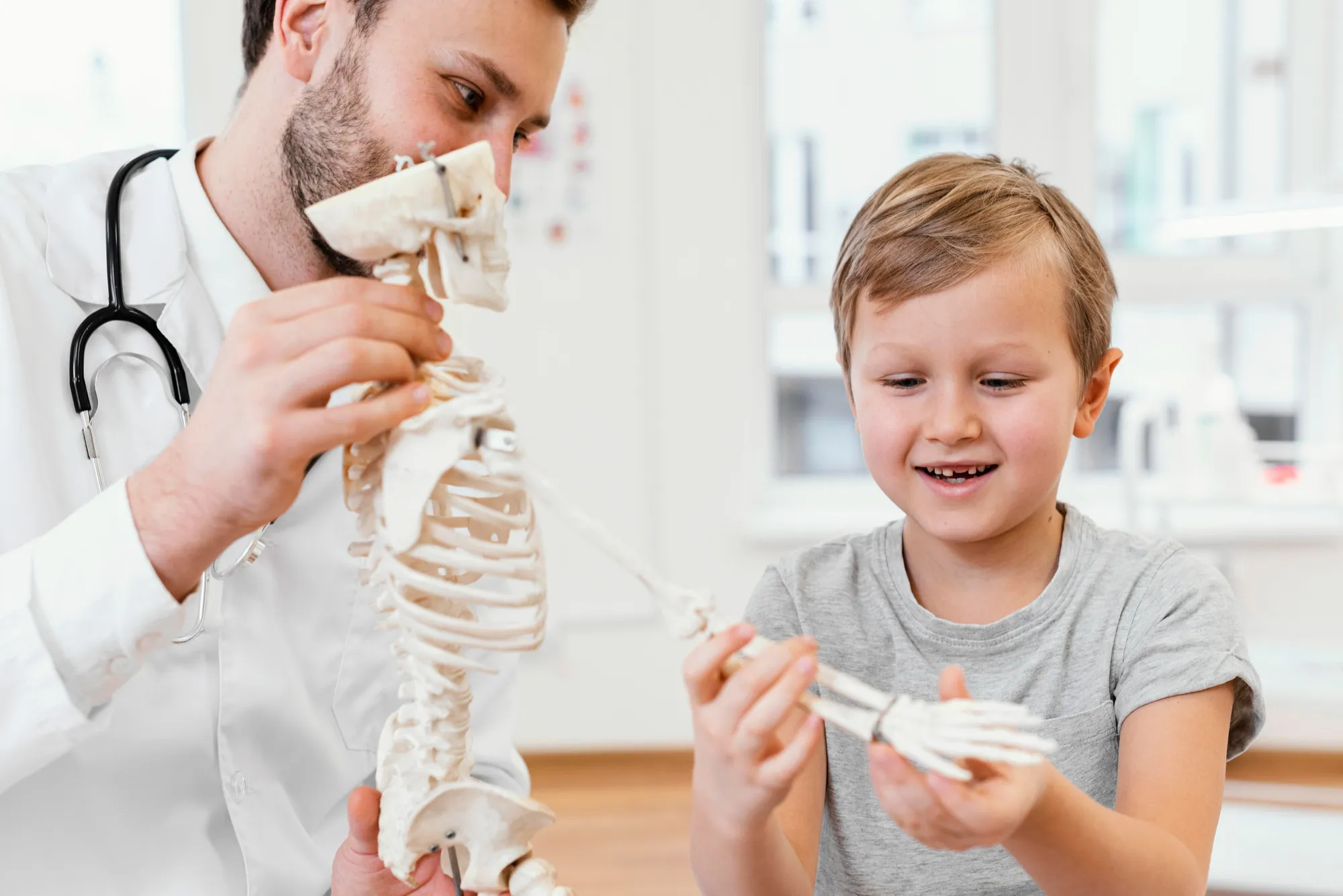Keywords
1. Lateral Condylar Fractures
2. Pediatric Orthopedics
3. Elbow Dislocation in Children
4. Percutaneous Pinning Techniques
5.Closed Reduction Procedures
In the world of pediatric orthopedics, the treatment of lateral condylar fractures has seen significant evolution over the years. This category of elbow fractures is both common and debilitating among children, requiring meticulous attention to detail in surgical intervention and post-operative care. The Asian Journal of Surgery recently published a compelling piece on this topic, authored by Shang Xinpeng and Qiao Fei from the Department of Pediatric Orthopaedic at Dalian Women and Children’s Medical Group in Dalian, Liaoning province, China. The article, appearing under the Digital Object Identifier (DOI) 10.1016/j.asjsur.2024.01.028, has sparked interest within the medical community for its insights into current developments in this field.
The detailed letter by Shang Xinpeng and Qiao Fei, published on January 13, 2024, delves deeply into the historical and current strategies for tackling lateral condylar fractures. Advances in diagnostic techniques and the escalation of treatment methodologies have both created a better understanding of this common pediatric fracture. According to the authors, closed reduction procedures have been refined to minimize the impact on delicate, growing tissue, while percutaneous pinning now offers a minimally invasive approach with promising recovery outcomes.
The nature of lateral condylar fractures is such that any misstep in diagnosis or treatment could lead to lasting detriment, including improper joint function or deformities. They often stem from elbow dislocations or falls onto outstretched hands, scenarios frequently encountered in childhood play and sports activities. The article recognizes the importance of early and accurate diagnosis as crucial to successful treatment outcomes.
The Asian Journal of Surgery’s commitment to uphold the highest standards in scholarly publication is evident in Shang and Qiao’s citation of their sources (1). Throughout the letter, the importance of a multidisciplinary approach combining orthopedic surgeons, pediatricians, and radiologists is emphasized. Collaboration is highlighted as key to ensuring that the advancements in techniques are employed with precision and care.
Traditional methods of treating lateral condylar fractures included open reduction and internal fixation. However, Shang and Qiao’s review points out that significant shifts have occurred towards less invasive methods. The growth in the use of closed reduction and percutaneous pinning is an apparent trend in the evolution of fracture treatment (2). Such methods reduce the patient’s exposure to risks associated with open surgeries, such as infection and extensive soft tissue damage.
A significant aspect of the article is its focus on the long-term prognosis of these pediatric patients. Lateral condylar fractures have a notable incidence rate, and the consequences of mishandled treatments can be severe. The authors dutifully report that with the introduction of advanced imaging technologies and the refinement of surgical techniques, children are now experiencing better functional outcomes and fewer instances of post-operative complications (3).
The field has not reached a consensus on every aspect of treatment, and Shang and Qiao advocate for ongoing research into the long-term effects and the possibilities for further refinement of surgical techniques. Their survey of the literature reveals crucial information that can be used to tweak existing procedures to become even more beneficial to younger patients (4).
In terms of the impact on healthcare costs and patient quality of life, the evolution of treatment methods for lateral condylar fractures is a welcome change. Less invasive procedures translate into shorter hospital stays, reduced need for pain management, and an earlier return to everyday activities for children. As a result, parents and guardians can rest easier knowing that advancements in medical science are yielding safer, more effective, and cost-efficient approaches.
The letter by Shang Xinpeng and Qiao Fei is a commendable amalgamation of clinical insight and academic review. It provides an unmistakable look into how the treatment of lateral condylar fractures in children has undergone transformative development. The Asian Journal of Surgery has given a platform to these findings, allowing orthopedic surgeons worldwide to benefit from the experience and research conducted by their peers in China (5).
With a diligent eye on both the present and future of pediatric orthopedic treatment, the highlighted guidance contained within the Asian Journal of Surgery article will doubtlessly serve as a cornerstone for the continued progress toward excellence in treating lateral condylar fractures in children.
References
1. Landin, L. A. (1983). Fracture patterns in children. Acta Orthopaedica Scandinavica, 54(sup254), 1-109.
2. Song, K. S., Kang, C. H., Min, W., Lee, S. W., Bae, K. C., & Cho, C. H. (2012). Closed reduction of displaced lateral condylar fractures of the humerus in children. Journal of Orthopaedic Science, 17(3), 259-264.
3. Green, D. W., Widmann, R. F., & Skaggs, D. L. (2017). Skeletal Trauma in Children. In Green’s Skeletal Trauma in Children (Vol. 5, pp. 156-157). Philadelphia, PA: Elsevier/Saunders.
4. Flynn, J. M., et al. (2013). The surgical management of pediatric fractures of the upper extremity. Journal of Bone and Joint Surgery-American Volume, 95(18), 1704-1714.
5. Rang, M. (2013). Children’s Fractures. Routledge.
In summary, the article by Shang Xinpeng and Qiao Fei in the Asian Journal of Surgery is a crucial document for any medical professional dealing with pediatric orthopedics. Its publication not only reflects the current state of treatment but also acts as a catalyst for future developments in the care of lateral condylar fractures, propelling pediatric orthopedic care towards a more advanced and child-friendly future.
